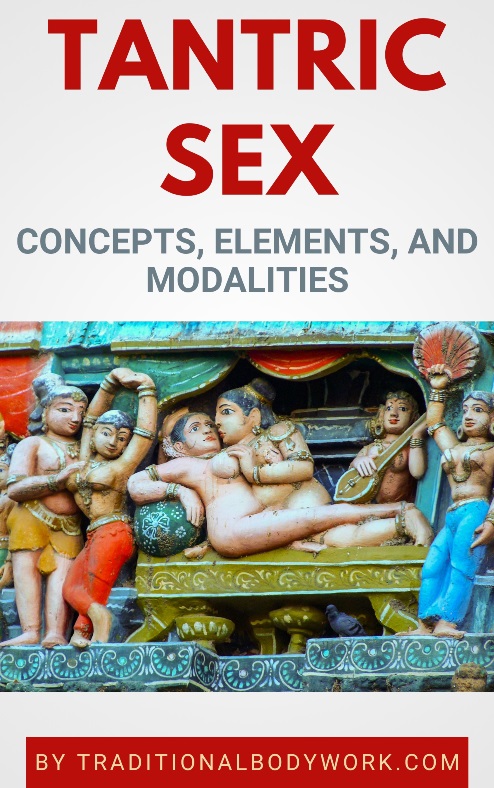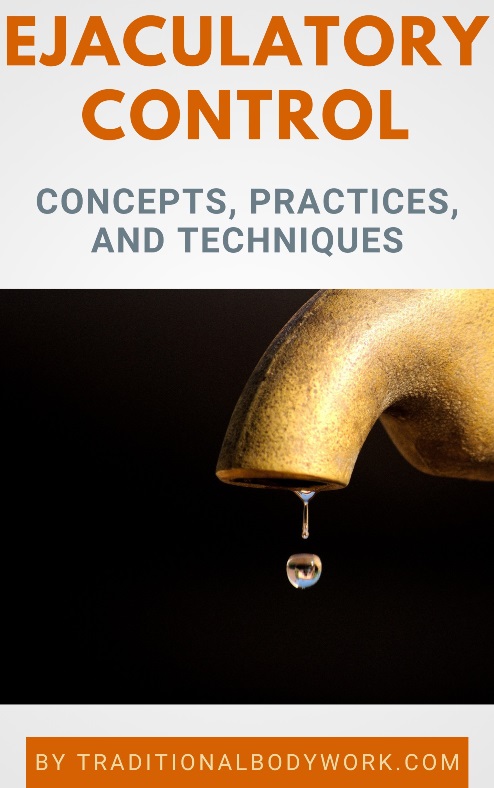
The Karezza Method refers to the practice of coitus reservatus, most notably in the sense of semen retention, focused on a blissful sexual-spiritual union between partners. Karezza lovemaking is a form of “controlled non-seminal intercourse” or “sexual continence.”
It’s a method based on an already existing concept at the time that was further developed by Alice Bunker Stockham (1833 – 1912), an American obstetrician, gynecologist, and physician. The term Karezza was derived from the Italian word carezza, which means to caress.

The idea behind Karezza is that it can be used as a method for birth control, equality for women, marital pleasure and fidelity, increasing intimacy between partners, and sexual pleasure enhancement.
Additionally, Karezza is partly build on Tantric ideas of body control, sexual energy retention, energy circulation, and spiritual sex, and accentuates harmonious and gentle lovemaking, which is thought to lead to spiritual bliss. In fact, in many ways Karezza resembles Tantric Sex practices.
As Alice Stockham describes in her book Ethics of Marriage: “Karezza signifies to express affection in both words and actions, and while it fittingly denotes the union that is the outcome of deepest human affection, love’s consummation, it is used technically … to designate a controlled sexual relation.”
The actual method is that of “male continence”, in which men practice semen retention techniques, that is, don’t ejaculate during sexual intercourse. The actual techniques are described as that of “control of the will,” focusing rather on love, intimacy and spiritual union, instead of on penetrative sexual intercourse.
Nevertheless, a more practical directive is that of “changing movements,” that is, one shouldn’t repeat a certain movement (for instance, thrusting in the same manner) too often without a break. Not only is change in movements considered pleasant and desirable, it’s also thought that continuous repetition more quickly leads to an orgasm, and moreover — tires and dissatisfies, or even bruises the body. By contrast, long and restful pauses should be added during lovemaking.
Women, however, were encouraged to have (multiple) orgasms (although orgasm retention was also advised to increase pleasure), which corresponds closely to both Tantric and Taoist ideas around the sexual union. Mind though that Karezza doesn’t necessarily need to result in orgasm(s).

Other elements of Karezza include breathwork, caressing, full skin-to-skin contact, sucking and licking, eye contact, holding and rocking, sensual massage, verbal communication, kissing, hugs, conscious and mindful touch.
Apart from the supposed emotional and spiritual benefits of Karezza it was also thought that it could lead to physical health benefits, such as diminishing vaginal discharge and painful menstruation, correcting genital organ alignment, alleviating bladder issues, and preventing or even curing prostatitis, among others.
We’ll conclude this article with another quote from Alice Stockham’s book to underline her core ideas about the practice: “Karezza is a symbol of the perfect union of two souls in marriage, it is the highest expression of mutual affection, and gives to those practicing it revelations of strength and power. It must be experienced upon a higher plane than the merely physical, and may always be made a means of spiritual unfoldment.”


















